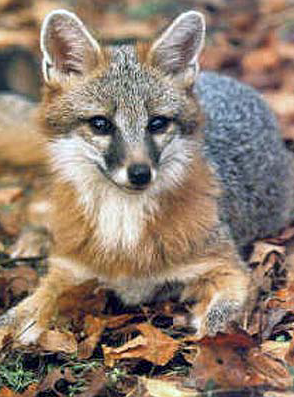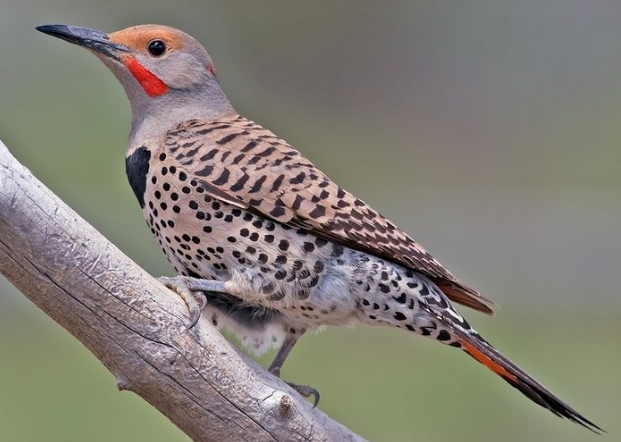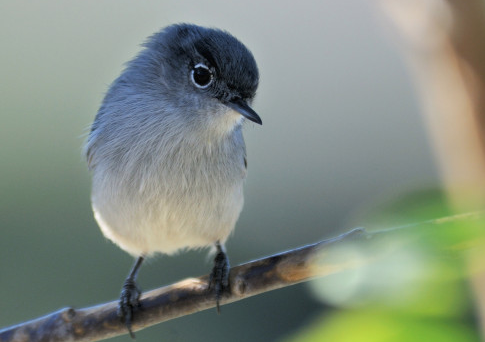Why a shuttered West Covina landfill should remain open space
 |
| Roadrunners are one of the many bird varieties that call the former BKK landfill home. Credit: Livable West Covina |
Turning trash into treasure. Sometimes that means recycling, sometimes that’s composing, and sometimes that simply means allowing nature the time and encouragement to reclaim spoiled land.
An area known as the BKK landfill in West Covina is an island of open space between the 10 and 60 freeways, 20 miles east of downtown Los Angeles. From 1963 through 1996, more than 20 million tons of municipal trash and 3.4 million tons of toxic waste were disposed of there. According to the Environmental Protection Agency, the toxic waste includes acids, arsenic, cyanide, lead, mercury, asbestos, chromium, degreasing agents, oil sludge, gasoline, pesticides, vinyl chloride, plating solutions, acetone, heavy metal solutions, pharmaceuticals, hazardous spills cleanups, paint waste, and polychlorinated biphenyls (PCBs).
 |
| Gray fox. Credit: Brian Jobst |
The landfill has been closed for 22 years. Thousands of cars drive by it everyday on Azusa Avenue, one of West Covina’s most heavily traveled streets. Many are unaware it’s a former landfill; most are unaware of what’s buried there.
Nature, however, has been reclaiming the land. The 500-acre former landfill site is open space and habitat that directly connects to open space and habitat in the adjacent city of Walnut. That in turn connects to open space and habitat at Mt. San Antonio College, which in turn connects to the same at Cal Poly Pomona. There are even small connection points to Bonelli Regional Park in San Dimas.
BKK is part of de facto wildlife preserve spanning thousand of acres in the heart of the eastern San Gabriel Valley, which is more commonly recognized for asphalt, concrete, steel and glass.
 |
| Northern flicker. Credit: Livable West Covina |
It’s a gem, hidden in plain sight. The landfill and connected habitat is home to abundant wildlife such as gray fox, bobcat, deer, three species of squirrels as well as native snakes and other reptiles. A huge variety of birds, including four endangered species, make their home there: California gnatcatcher, least Bell’s vireo, northern flicker, Southwestern willow flycatcher, great horned owl, red tail hawk, Cooper's hawk, greater roadrunner, turkey vulture, Western scrub jay, Nuttall’s woodpecker, California thrasher, spotted towhee, California towhee, black-headed grosbeak, quail, hummingbird (four species). Seasonally, cedar waxwings, robins and Western tanagers show up.
Some of this land includes woodlands of protected Southern California black walnut trees and coastal live oak as well as abundant toyon, lemonadeberry, California buckwheat, and other native California vegetation.
Though what's buried underneath BKK is a serious problem, its surface is entirely suitable for wildlife, native California vegetation, and recreational amenities for people.
The former landfill, with public pressure, political will and added restoration, has the potential to become to become an extraordinary public resource where people can enjoy nature and create outdoor memories.
 |
| The endangered California gnatcatcher. Credit: Livable West Covina |
Today however, a vanishing point is looming on the horizon. The City of West Covina, desperate for revenue as its financial status deteriorates, is considering a massive commercial development on and adjacent to the landfill. The Singpoli Group LLC has proposed an international destination hotel and resort, 1,400 stalls for racehorses from Santa Anita Race Park, two horse-racing training tracks, employee dormitories and other structures on this land.
The most fitting final chapter to the story of the BKK landfill is a nature preserve, transforming trash into treasure, one that can be shared by nature and people.
To learn more about the BKK landfill, its history, the proposed development, and how you can help save this land please visit www.livablewestcovina.org, a website by eastern San Gabriel Valley residents that's dedicated to ensuring the story of BKK ends as it should.
To get involved in the Sierra Club campaign to turn the former landfill into a nature reserve, visit sgvtf.org.
Sierra Club’s San Gabriel Valley Task Force and Livable West Covina are working to preserve the former BKK landfill as open space.



Add new comment